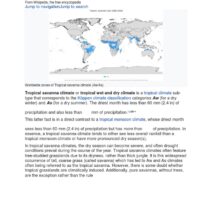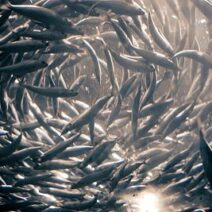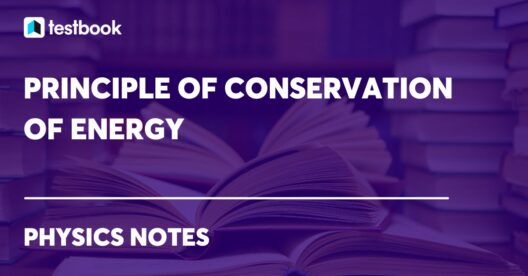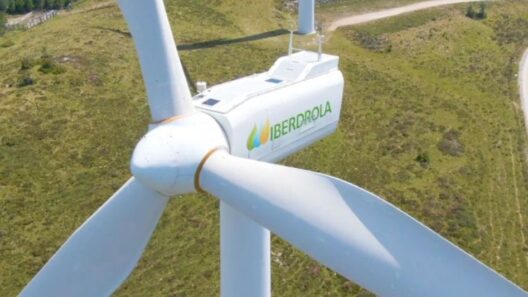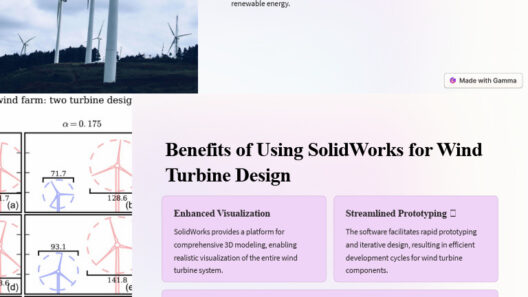Wind energy is a captivating marvel of modern science, a phenomenon harnessing the unbridled force of nature to generate electricity. As the world grapples with the imperatives of climate change and seeks sustainable alternatives to fossil fuels, understanding the intricacies of wind power generation becomes crucial. This exploration reveals the allure of wind energy, delving into its operational mechanics and the aesthetics that surround its production.
The Essence of Wind Energy: Transforming Kinetic Motion into Electrical Power
The fundamental principle behind wind energy generation lies in the conversion of kinetic energy—the energy possessed by objects in motion. Wind turbines serve as the pivotal apparatus in this transformative process. When the wind blows, it exerts a force on the turbine blades, resulting in their rotation. This rotation is not merely a whimsical dance; it is the beginning of a meticulously orchestrated sequence designed to convert static energy into dynamic electrical power.
As blades capture the wind’s kinetic energy, they initiate a series of mechanical motions that engage the rotor, which is connected to a shaft. The shaft then spins at a high velocity, converting the mechanical energy into rotational energy. This rotational energy is transmitted to a generator, where the magic of electromagnetic induction occurs. The generator consists of magnets and coil windings that, when activated by the rotation, create an electric current. This exemplifies the marvelous interplay between mechanical engineering and electromagnetic theory, underscoring the elegance of harnessing natural forces to produce clean energy.
The Turbine: An Engineering Marvel Designed for Efficiency
Wind turbines come in various designs and sizes, each tailored for specific environmental conditions and energy requirements. The standard horizontal-axis wind turbine (HAWT) is most commonly observed, featuring blades that rotate about a horizontal axis. Often likened to a bird in flight, its sleek design embodies both functionality and aesthetic appeal. In contrast, vertical-axis wind turbines (VAWTs) present a strikingly different silhouette, resembling giant pinwheels that rotate around a vertical axis.
Choosing the appropriate turbine design involves evaluating factors such as wind speed, direction, and land topography. Modern turbines boast advanced aerodynamic profiles that enhance energy capture efficiency. By utilizing precise engineering techniques such as blade pitch control and variable-speed operation, these turbines can maximize performance while minimizing wear and tear, allowing them to generate electricity even in low-wind conditions. The aesthetic appeal of wind farms, sprawling across landscapes like serene sculptures, has sparked interest in integrating renewable energy into urban and rural settings alike. As humanity progresses towards a sustainable future, the sight of wind turbines can serve as a powerful reminder of nature’s potential.
From Turbine to Transmission: The Journey of Wind-Generated Electricity
The journey of electricity generated by wind does not halt at the turbine. Once created, this electrical power travels through a complex network of transmission lines, often referred to as the electrical grid. The grid constitutes a vast web of interconnected infrastructure that distributes electricity from generation sites—like wind farms—to residential and commercial hubs. The technology underpinning this grid ensures that energy flows efficiently, maintaining a balance between supply and demand.
An intriguing aspect of wind energy is its pulsating nature; as a renewable source, the availability of wind can fluctuate based on various factors, including geographical location and time of day. To manage this variability, utility companies often employ energy storage solutions such as batteries or pumped hydro storage systems, ensuring that the integration of wind power remains stable and reliable. As society progresses, so too does the potential for smart grid technologies that incorporate artificial intelligence and machine learning to optimize energy distribution in real-time.
The Environmental and Economic Impact: A Multifaceted Perspective
Wind energy’s environmental benefits are indisputable. Unlike traditional fossil fuels, wind power generation produces minimal greenhouse gas emissions and incurs negligible water consumption, making it an invaluable ally in the fight against climate change. Additionally, wind farms have a relatively small physical footprint, allowing for co-existence with agriculture and other land uses. This duality enables communities to maintain their agricultural prowess while simultaneously embracing renewable energy production.
Moreover, the wind energy sector is a burgeoning source of economic opportunity. The construction and maintenance of wind farms generate jobs and stimulate local economies. As the demand for renewable energy increases, investment in wind infrastructure is likely to grow, propelling advancements in technology and further reducing costs. This phenomenon, often referred to as the ‘green economy,’ presents a unique convergence of environmental stewardship and economic growth.
The Future of Wind Energy: Toward a Sustainable Horizon
As the world treads toward a greener future, the role of wind energy will undoubtedly become more prominent. Ongoing research endeavors aim to make wind turbines even more efficient and less intrusive, while innovations in offshore wind farms continue to capture the world’s imagination. The potential to harness the vast and untapped winds over oceans presents a paradigm shift in energy production that could significantly reduce reliance on fossil fuels.
The aesthetic allure of wind turbines—standing tall against panoramic landscapes or serenely rotating in the coastal winds—serves as both an inspiration and a testament to humanity’s ingenuity. Wind energy is a symbol of our ability to turn nature’s forces into a means of sustainable living. The wind whispers tales of innovation and responsibility, beckoning society to embrace its power as a clean, renewable resource for generations to come. The science of wind energy is more than a technical marvel; it is an invitation towards a harmonious coexistence with our planet. In exploring its depths, we uncover not just an energy solution, but a path toward a sustainable horizon.
